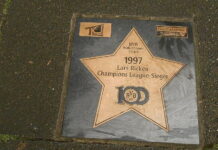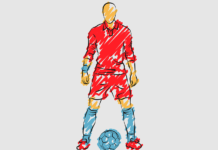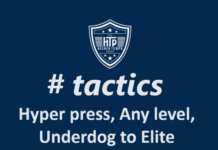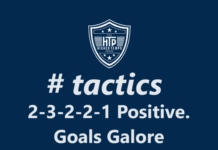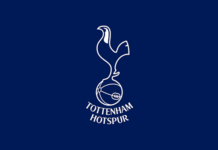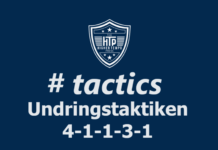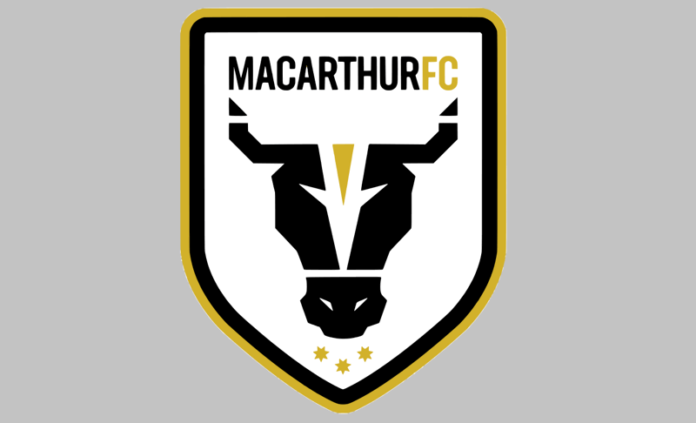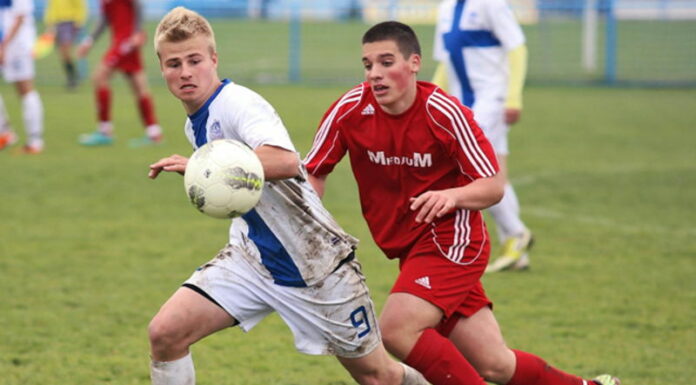Since joining the A-League in the 2020/21 season, Macarthur have made just one play-off appearance in the top flight of Australian soccer.
The Bulls advanced to the play-off semi-finals where they were eliminated by eventual winners Melbourne City, sparking talk they could build on that achievement.
However, they finished seventh and 12th over the next two seasons to dash those hopes. Mile Sterjovski’s side have improved this term, and are on course to secure a top six finish.
Their roller-coaster journey in the A-League makes them an ideal project for Football Manager 24 tacticians who pride themselves in achieving the unthinkable with underdogs.
In the virtual realm of the popular video game, orchestrating a tactical masterpiece that propels the club to the A-League summit is no easy task.
However, we have come up with a plan which we believe would not only deliver success in the game, but also in the ‘real world’.
The 3-4-3 formation
The 3-4-3 is a formation that uses three central defenders, a double pivot in central midfield, two wing-backs to provide attacking width and a front line of three that can set up in different ways.
However, for this tactic, we will be using two wide forwards playing behind a central striker.
Out of Possession
The front line of three is responsible for creating and finishing chances.
When employing a front three with two wider forwards, there is a heightened focus on executing counter-attacks and crafting 1v1 scenarios pitting the wide attackers against the opposing full-backs.
The wing-backs play a dual role, which demands high levels of agility and fitness.
They not only contribute to the team’s attacking width, frequently advancing in an attacking line of five but also backtrack to defend in a formation of five.
The double-pivot assumes a pivotal role in building play from the defence, establishing a connection between the back three, wing-backs and front three.
They’re also important in switching play between the wing-backs and delivering penetrative passes into the final third.
When counter-attacking, the central-midfield pair often seeks to locate a wide forward making a run in behind.
The centre-back trio are entrusted with building play from the defensive line, driving into midfield and dispatching passes to the attackers.
The wider centre-backs may also make forward runs on the inside of the wing-backs, offering an alternative for crosses from a more central position.
With two players in central midfield, the wider centre-backs frequently find space to dribble forward, becoming key contributors to accessing the front three.
Out of Possession
Out of possession, the team transitions from a 3-4-3 formation to either a 5-2-3 or a 5-4-1 set-up.
In this defensive structure, the two wing-backs drop back to form a defensive line of five, taking on the responsibility of thwarting crosses when the opposition advances the ball wide.
During high-pressing situations, the wing-backs push forward aggressively, occasionally even pressing the opposition full-backs deep into their half.
The three centre-backs occupy central areas, with the wider centre-backs tracking runs made behind the wing-back on their respective side.
When the defensive line is higher up the field, the wider centre-backs may trail an attacker who drops into the midfield.
The double-pivot aims to minimise spaces between the defensive lines, which becomes particularly crucial when the wing-backs are caught out of position, requiring them to make recovery runs.
Key Notes
The 3-4-3 formation strikes a balance between attack and defence, with five outfield players engaging in attacks, while the other five focus on defensive duties.
A key aspect of this formation involves wide forwards combining with wing-backs to create overloads on the flanks, forcing opposing full-backs into deep defensive positions.
The wing-backs join the attack to create a wide front line of five, effectively stretching the opponent’s defensive line and creating additional space in central areas.
The double pivot and back three create a robust defensive foundation against counter-attacks through the centre of the pitch.
In a structured defensive block, the back line of five and two midfielders offers substantial defensive security, particularly in central zones.
However, opposition counter-attacks can target wide areas, as the back line of three covers less space across the pitch than a back four.
It is worth noting that the central midfield duo may face overload during defensive transitions. Despite this, implementing the tactic could improve Macarthur’s title-winning prospects.
The tactic potentially offers food for thought for Sterjovski, who may well be frustrated that his team are overlooked as title contenders despite the improvements they have made.
That point is highlighted to perfection on online sportsbooks, who rate Macarthur as 15.00 shots to claim the A-League title. If Sterjoski used these tactics, those odds could soon disappear.
Bettors more accustomed to using bonus bet promotions to wager on horse racing would likely be eager to avail themselves of the double-figure price on offer, with this tactic striking a balance that rival teams would struggle to match.
FM24 Tactics for Macarthur
Positions
Goalkeeper (GK)
• Sweeper keeper (At)
Defenders
• Right wing-back (RWB): Complete wing-back (Su)
• Centre backs (CB): LCB – Wide centre-back (Su), CB – Ball playing defender (De), RCB – Ball playing defender (De).
• Left wing-back (LWB): Complete wing-back (Su)
Midfielders
• Defensive midfield (DM): Deep lying playmaker (Su)
• Central midfield (CM): Segundo Volante (At)
Wingers
• Right-wing (RW): Inverted forward (Su)
• Left-wing (LW): Inverted winger (Su)
Striker
• Striker (ST): Deep lying forward (At)
Team Instructions
Mentality
• Balanced
In Possession
• Attacking width – narrow
• Shorter passing
• Pass into space
• Low crosses
• Be more disciplined
• Focus play down the flanks
• Slightly higher tempo
In Transition
• Roll it out
• Distribute to centre-backs
• Distribute quickly
• Counter
• Counter press
Out of Possession
• Lower line of engagement
• Mid-block
• Much more often
• Prevent short GK distribution
• Get stuck in

